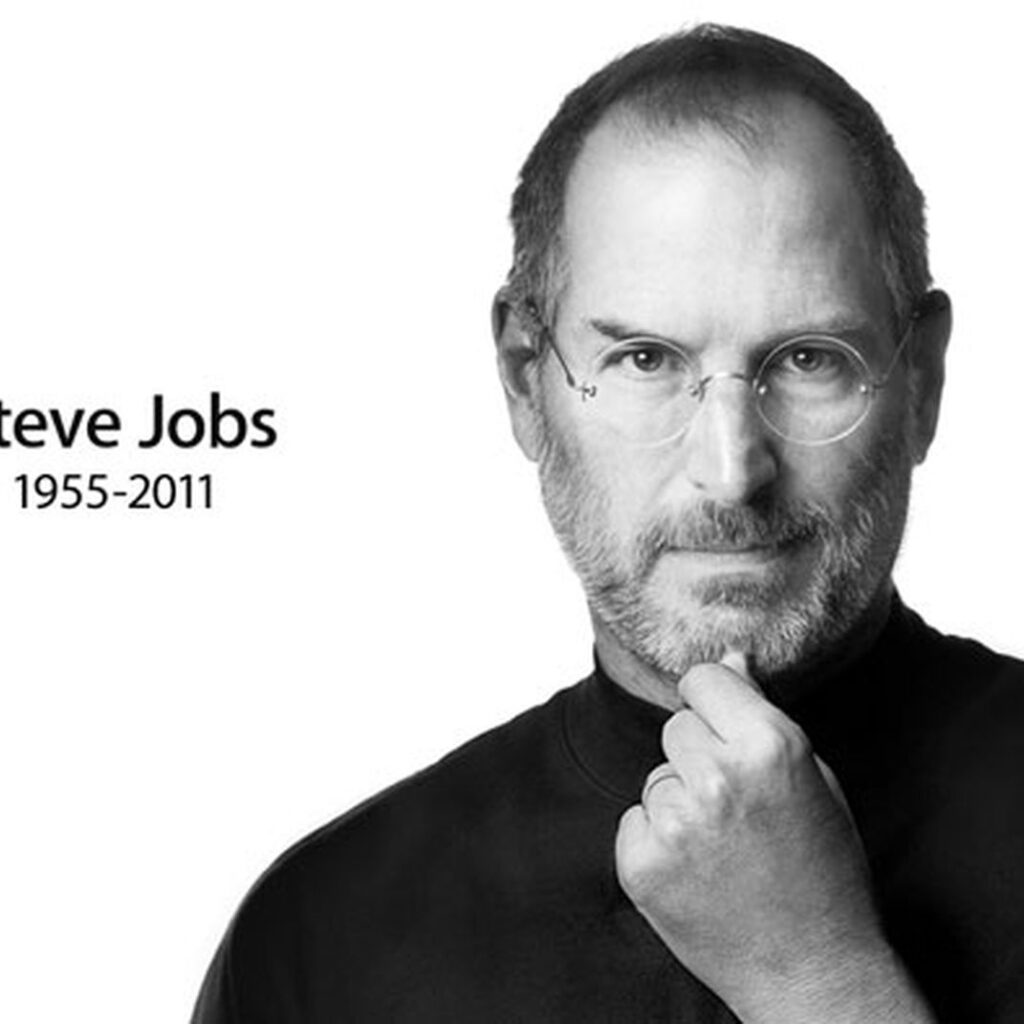Home > A Short History of Steve Jobs & Apple

A Short History of Steve Jobs & Apple.
Time Line
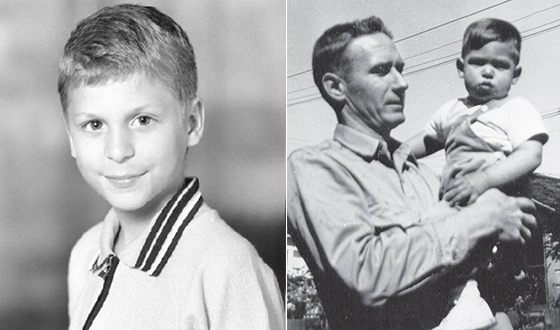
Growing Up
Growing up Steve Jobs was adopted at a young age. Steven Paul Jobs was born on February 24, 1955 in San Francisco, California.
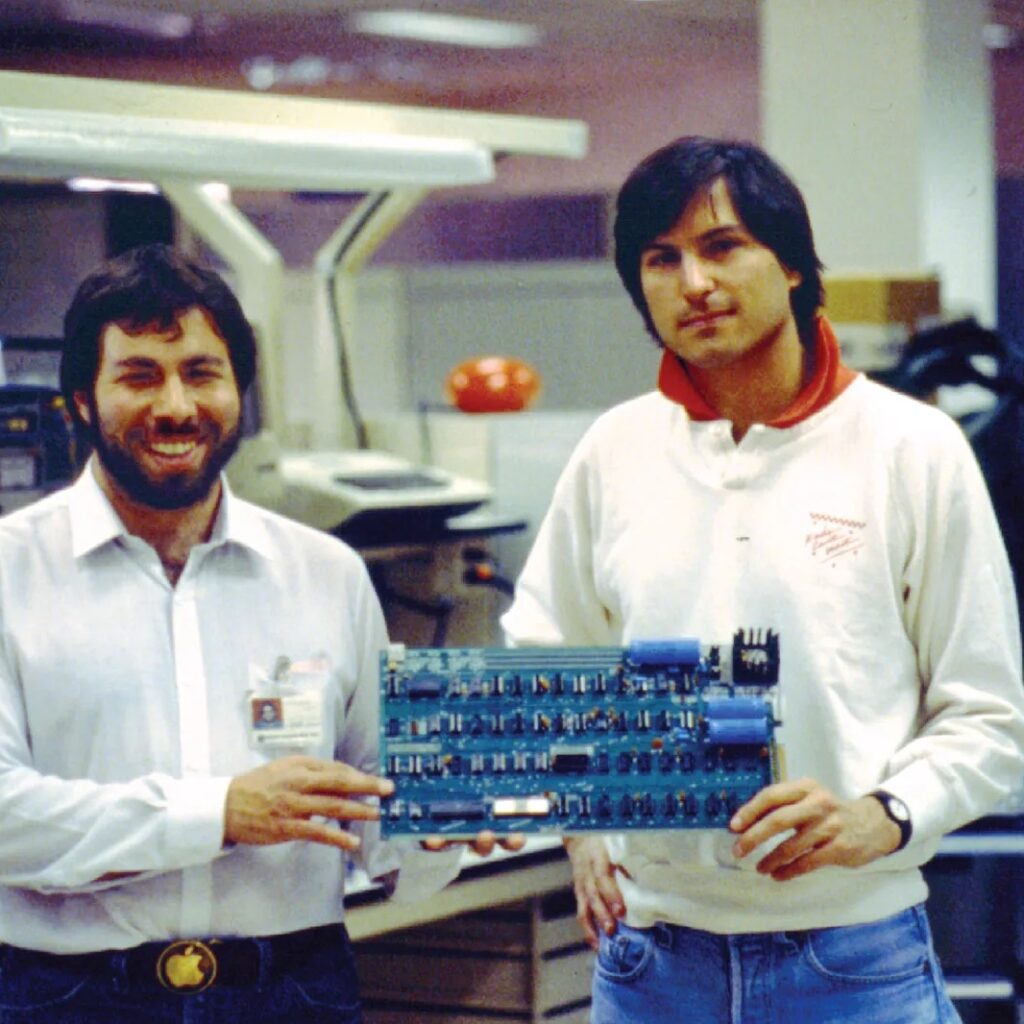
The 2 Steve's meet
Steve Wozniak met Steve Jobs in 1971. Jobs and Wozniak became good friends. Jobs worked for the summer at Hewlett Packard, where Wozniak, too, was employed.
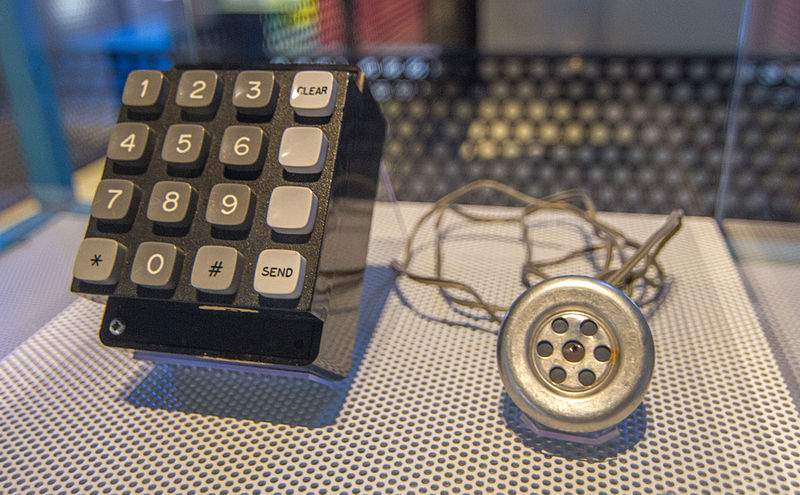
Their First Creation - Blue Boxes
The digital blue box was developed by Apple’s co-founder Steve Wozniak in 1972 and he was the inventor’s first printed circuit board. But the box was actually a hacking device that fooled a phone company’s switchboard by reproducing its specific tones to make free phone calls.
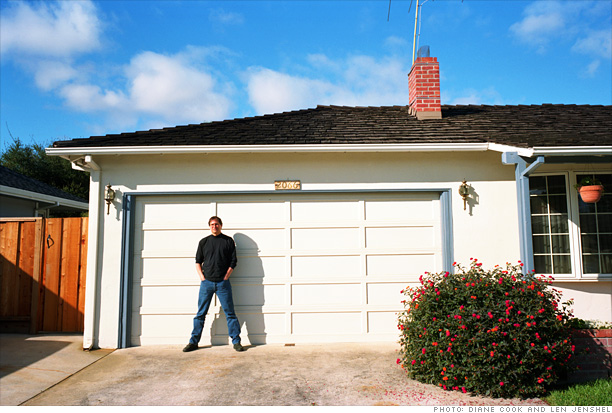
Starting Apple in his Garage
Jobs and Wozniak started out building the Apple I in Jobs’ garage and sold them without a monitor, keyboard, or external cases(which they decided to add on in 1977). The Apple II revolutionized the computer industry with the introduction of the first-ever color graphics.

Steve Jobs First Investor
A millionaire retiree from Intel, Mike Markkula was an angel investor in Apple, actually the first investor in the company, who put $250k of his own money in the company in 1977 (roughly equivalent to $1 million today).
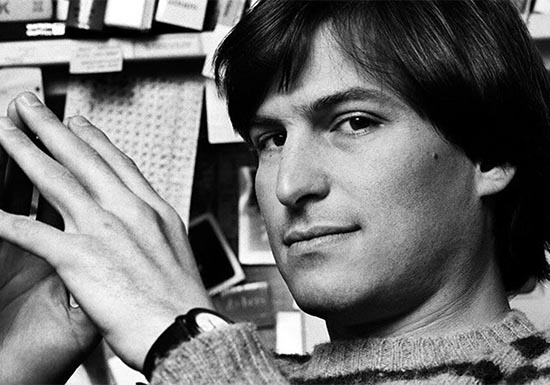
XEROX LABS Interface Discovery
In 1979, Steve Jobs arranged a visit to Xerox PARC, during which Apple Computer personnel saw the future of a digital interface controlled by a mouse. After two visits, Apple engineers used the concepts they saw in developing the Lisa and Macintosh computer systems.
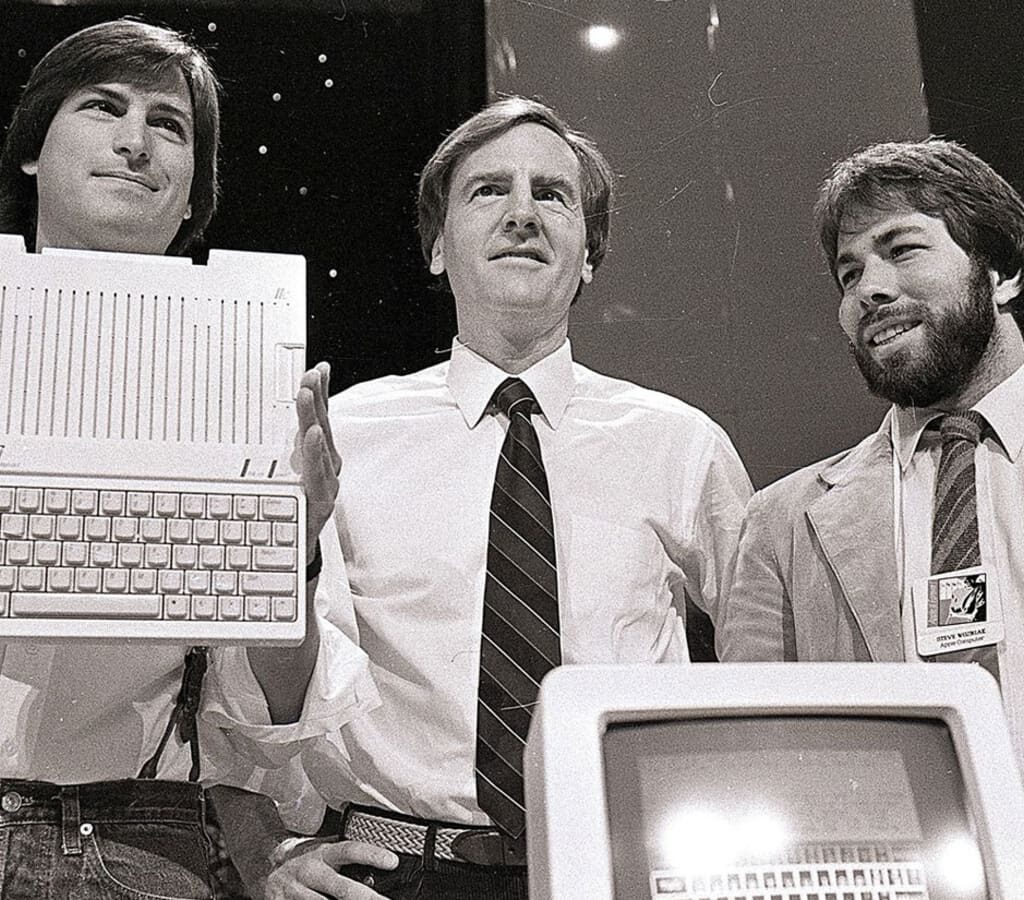
Steve Jobs Kicked out of Apple
In 1985, Steve Jobs was famously fired from Apple after a power struggle with the company’s board of directors. After revolutionising personal computing and establishing a legendary brand, Jobs was ejected from the company he helped grow into a billion-dollar business.
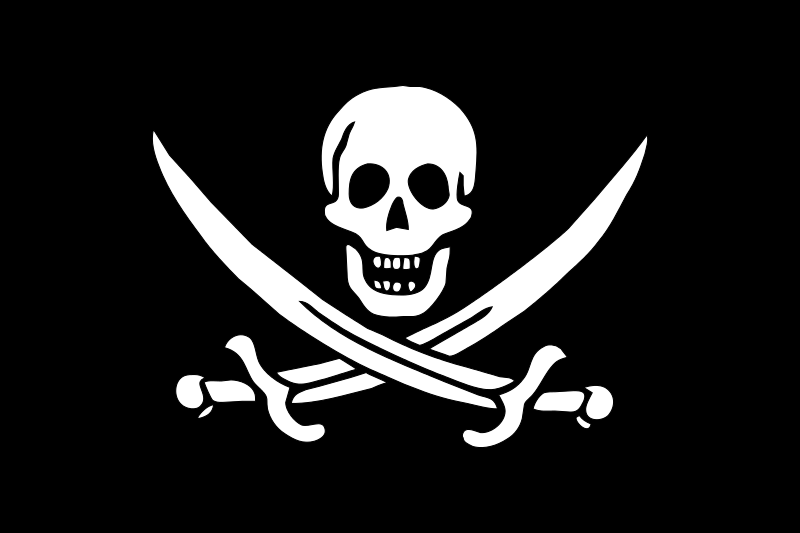
MicroSoft "borrowed" Operating System Interface
Just like how Apple “borrowed” Xerox’s Operating System Interface, Microsoft’s Windows 2.0 “borrowed” several elements from the Mac user interface. March 17, 1988: Apple sues Microsoft for allegedly stealing 189 different elements of its Macintosh operating system to create Windows 2.0.
How did the court rule in the Apple vs. Microsoft copyright case? In 1992, the court ruled in favor of Microsoft. The court found that most of the Graphic User Interface elements that Apple claimed were infringed upon were not protected by their copyrights.
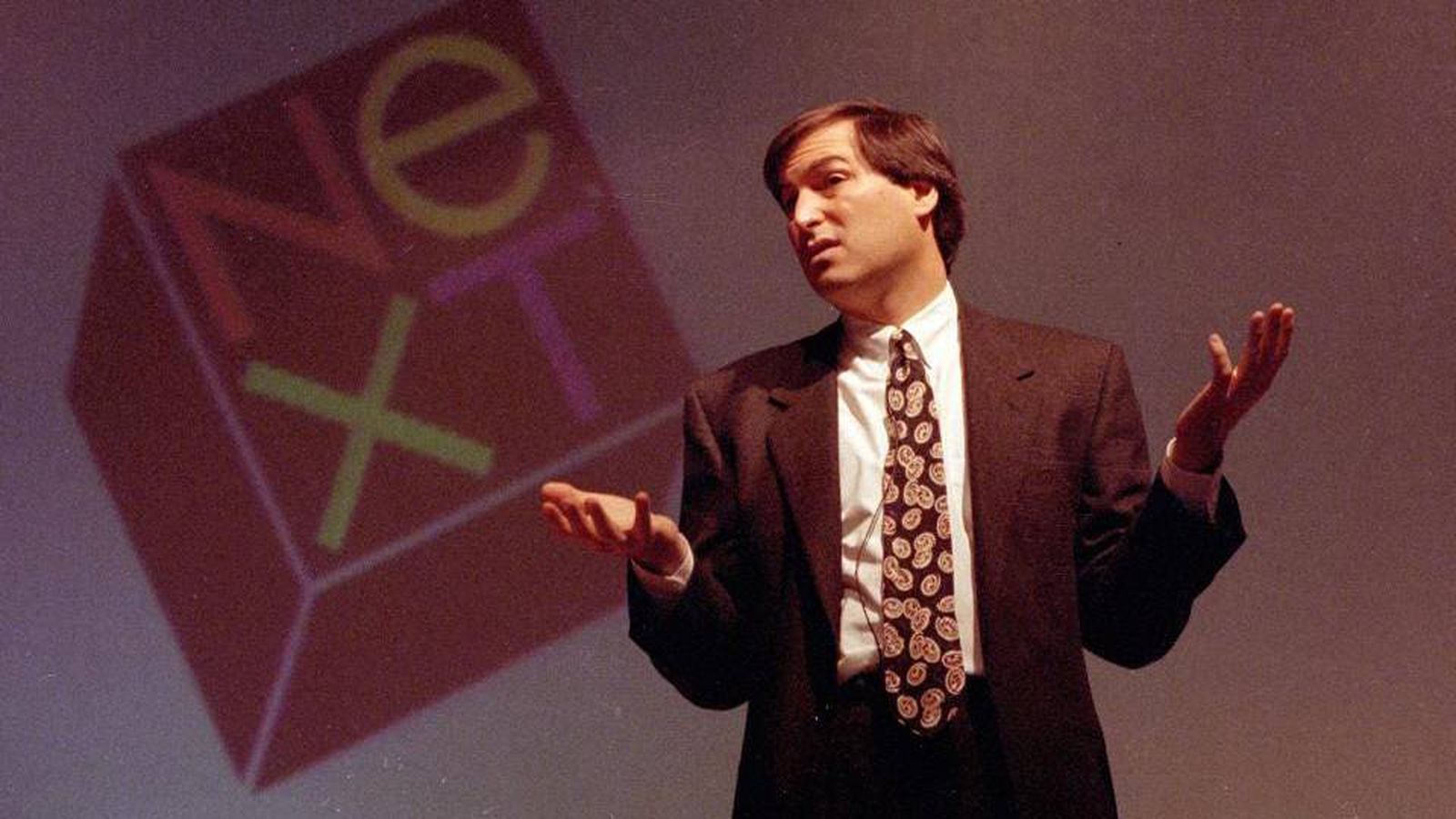
CREATED NeXT
When Steve Jobs was fired, he decided create a new counter company called NeXT. But it seems little went right for NeXT and certainly nothing remains of this once promising company — except that it is the reason Apple survived and it’s how the web began. Steve Jobs formed NeXT after leaving Apple on September 12, 1985.
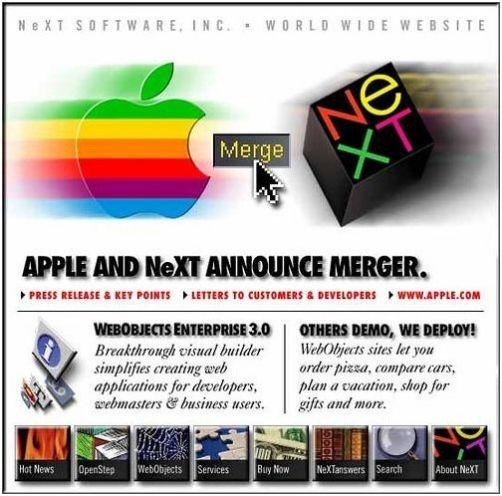
Apple Purchased Next As well as Steve Jobs
With NeXT, Apple could finally have an advanced operating system to compete with Windows. In 1997, Apple bought NeXT for $429 million. That same year, Steve Jobs returned to Apple. Eventually, he would once again become CEO.
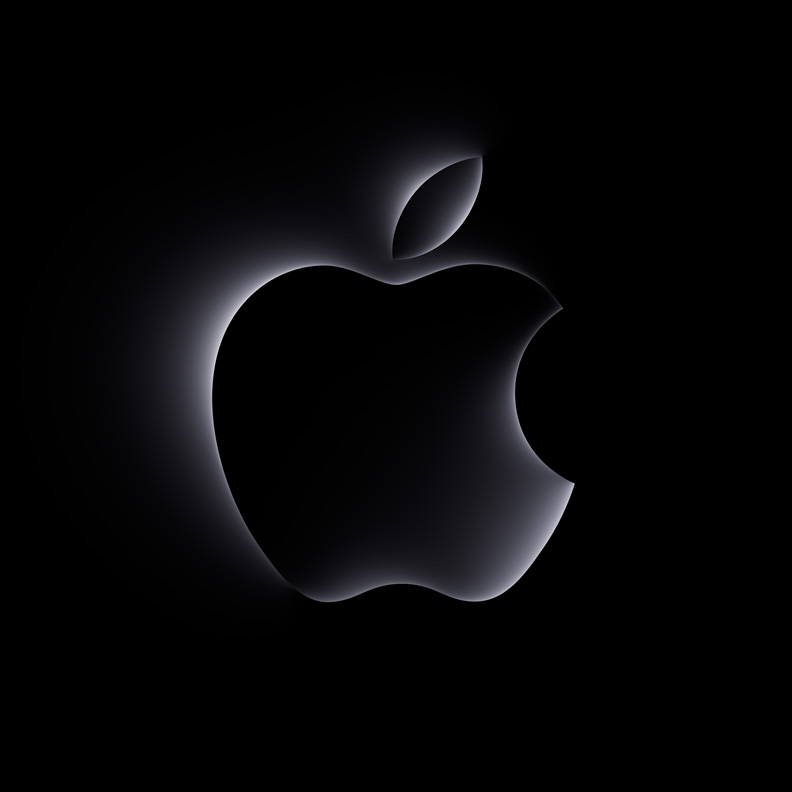
Apple Almost Broke
Apple made some disastrous decisions, including firing Jobs at one point of time, to end up almost on the verge of bankruptcy. It was in early August 1997 that Microsoft rescued Apple from the brink with a life line of $150 million.
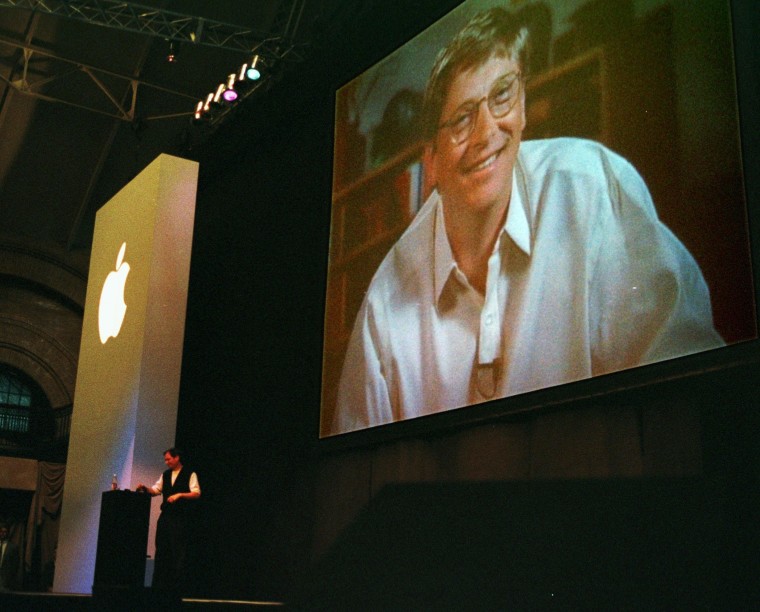
Investement From Microsoft
August 6, 1997: In one of the most famous moments in Apple history, Steve Jobs reveals that Microsoft invested $150 million in its rival. Although often presented as an inexplicable gesture of good faith on the part of Microsoft boss Bill Gates, the cash infusion into Apple actually benefits both companies.
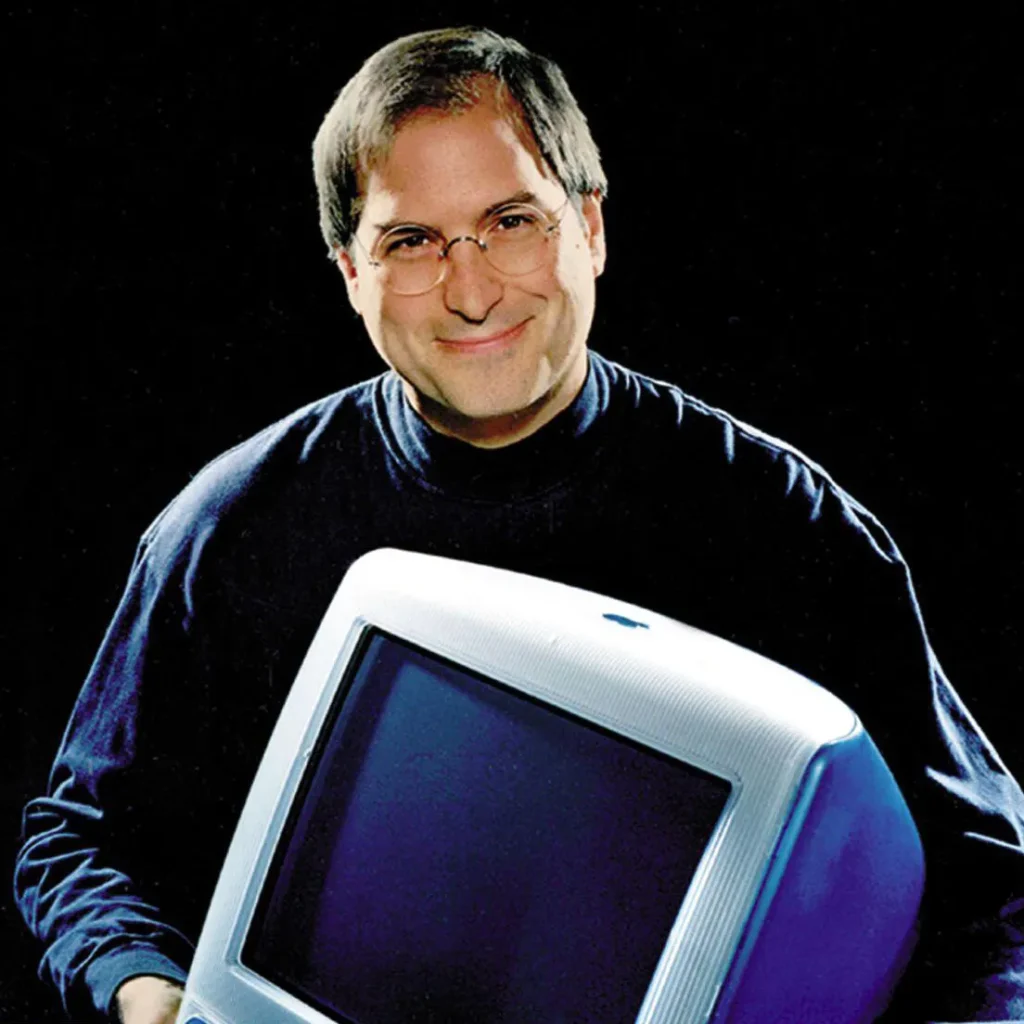
iMac
The iMac was Apple’s first major product release under its CEO Steve Jobs, who had recently returned to the financially troubled company he co-founded after eleven years away. Jobs reorganized the company and simplified the product line.
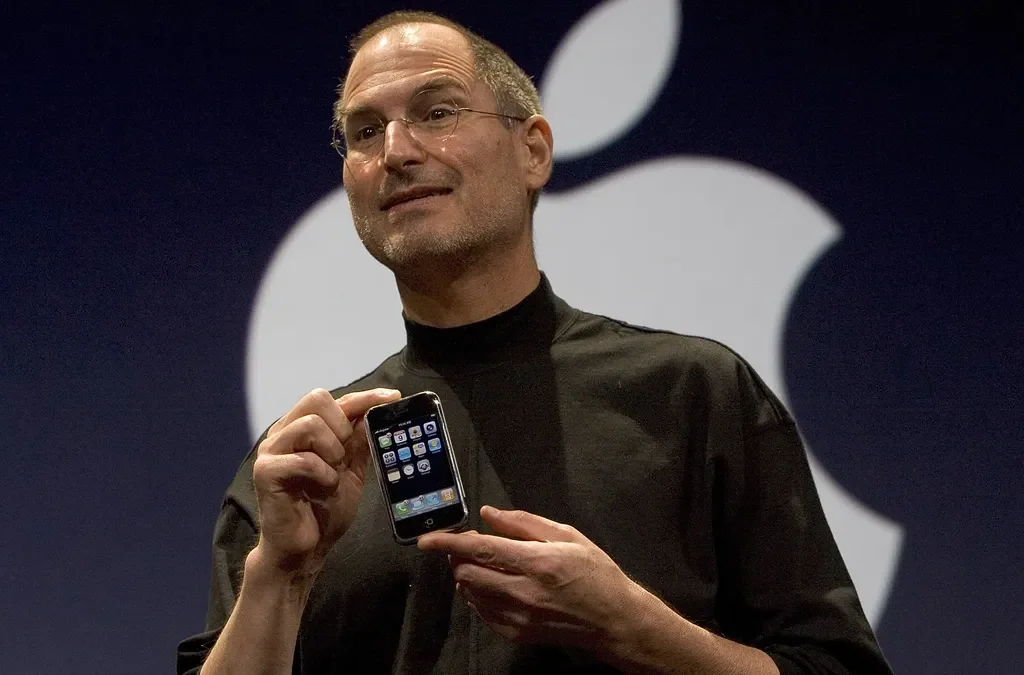
iPhone
Jan 9, 2007, Steve Jobs introduces Apple iPhone at Macworld in San Francisco. Apple CEO Steve Jobs gave the world its first look at the iPhone — as well as a glimpse into a radically different future of personal computing and communications — on this day in history, Jan. 9, 2007.
